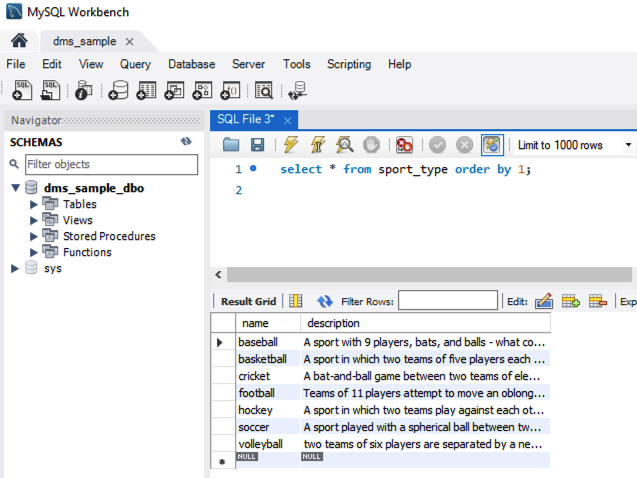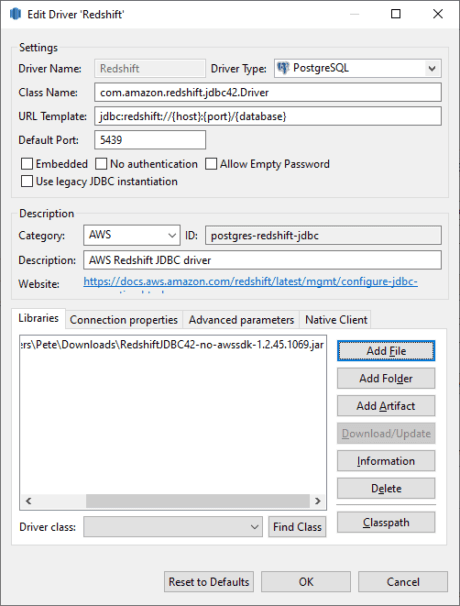


When the input value contains a timezone indication, this indication is used to convert the value into UTC and is stored as such (if no timezone indication is provided, the source data is assumed to be by default in UTC). It does not store any timezone details related to the original input value. It is important to clarify that TIMESTAMPTZ stores the data in UTC. TIMESTAMPTZ is also an 8 bytes data type which supports up to 6 digits of precision for fractional seconds. However as we are aware of the original timezone, we decided to utilize TIMESTAMPTZ and explicitly specify the input timezone. This can create a lot of confusion & ambiguity, and for this reason it is highly recommended to use instead TIMESTAMPTZ (aka: TIMESTAMP WITH TIMEZONE) Chosen Target TIMESTAMPTZĪWS Schema Conversion Tool did not suggest TIMESTAMPTZ (aka: TIMESTAMP WITH TIMEZONE) as our target, due to Oracle DATE not containing a timezone indication. The input is stored as is, and any timezone input is ignored. The disadvantage to using TIMESTAMP is that the data is always assumed to be in UTC. TIMESTAMP is an 8 bytes data type which supports up to 6 digits of precision for fractional seconds. Using the AWS Schema Conversion Tool, it suggested to migrate all Oracle DATE columns to TIMESTAMP (aka: TIMESTAMP WITHOUT TIMEZONE). This is a 7 bytes fixed length data type, which stores the date time up to a precision of seconds.ĭATE is a commonly used data type in Oracle, and many Oracle date time related functions support DATE as both the input and the output. The source (Oracle) database stored most date time related columns in a DATE data type.

This particular post discusses the migration of Oracle data types to Redshift, obstacles, tips and some important function usage differences The queries presume that the Redshift data source is configured to support native queries, which is done by adding "supportsNativeQueries=TRUE" as a translator property to the data source configuration.This post is a first in a set of posts, which discuss various lessons learned from migrating a BI infrastructure from Oracle to Redshift This can be achieved by scheduling the following SQL job, for example, to run every night. For optimal operation, Redshift requires that the VACUUM and ANALYZE commands are run at regular intervals of time.
MYSQL TO REDSHIFT DATA TYPES HOW TO
Please consult Amazon Redshift documentation for details: how to configure Query concurrency on Amazon Redshift. For heavy loads, an even higher number will be necessary. We recommend allowing at least 15 concurrent queries. Default query concurrency on Redshift - 5 concurrent queries - should be increased for the Data Virtuality Server.Please use the translator properties varcharReserveAdditionalSpacePercent and truncateStrings to configure your Analytical Storage if needed That means that the varchar(X) field on RedShift is sometimes able to store fewer characters than comparable types on other systems, especially if and when international characters are used. Redshift calculates the VARCHAR length in bytes, whereas most other SQL databases, including the Data Virtuality Server, calculate the size in characters.

The maximum length of the VARCHAR type is 65534 bytes.Redshift does not support BLOB or CLOB type.Loading data using S3 (S3LOAD) should be configured for any productive usage, as inserting data into Redshift using standard JDBC protocol can be extremely slow.When using Amazon Redshift as analytical storage, keep in mind the following:


 0 kommentar(er)
0 kommentar(er)
